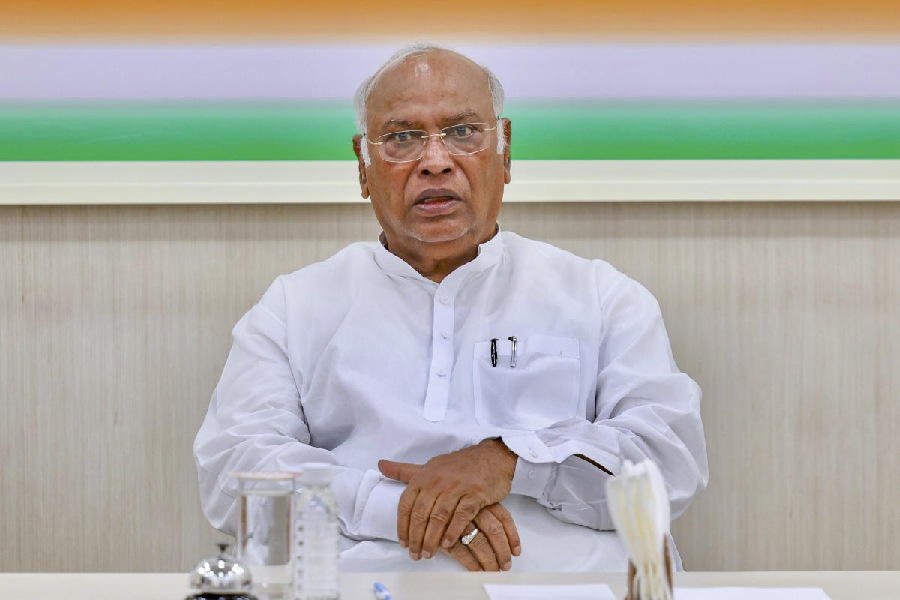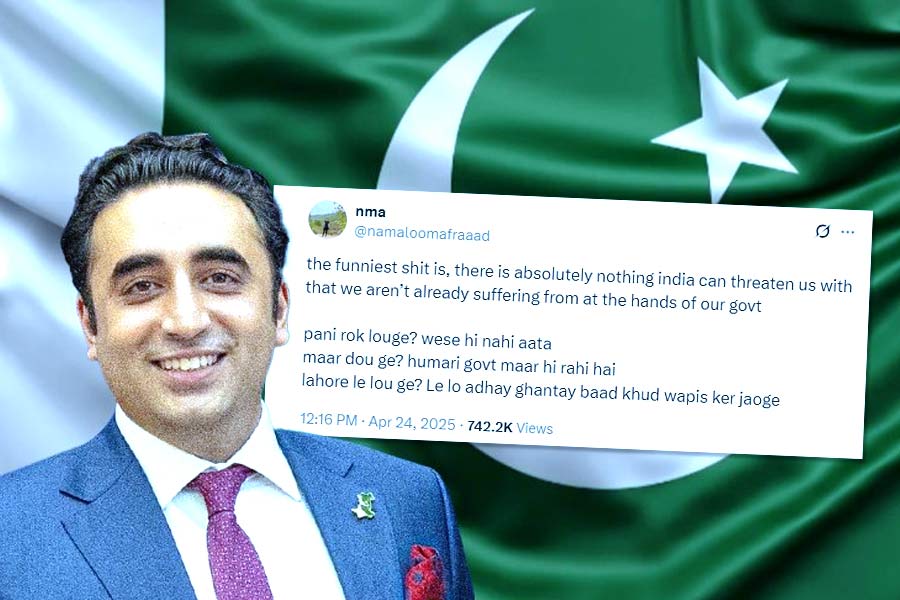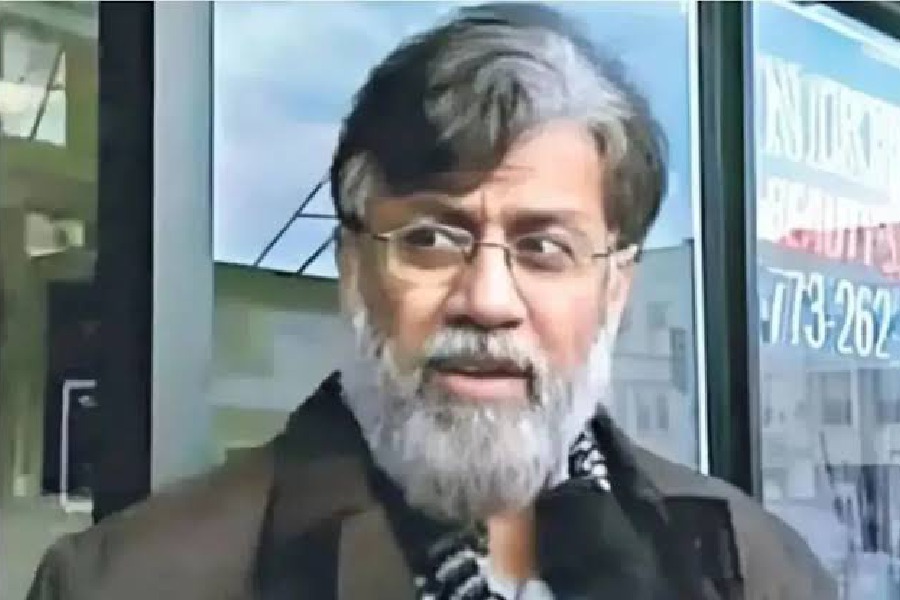 |
| The Blue Room depicts straight sex |
Is there less sex in the movies selected for competition at the Cannes Film Festival? Man-woman sex of the heterosexual variety, that is.
Now that the 67th Cannes Film Festival is over, the Palme d’Or awarded (to the Turkish entry, Winter Sleep) and the red carpet rolled away for another year, it is perhaps time to look at trends in world cinema and explore the depiction of sex on the silver screen.
Is it just my imagination but is sex passe at the Cannes Film Festival?
Compared with 15 or even 10 years ago, depicting straight sex between men and women appears to be no longer an artistic challenge for the world’s cutting-edge film-makers whose works are accepted for competition.
An Indian journalist, who has been coming to Cannes for 25 years, confirms: “Twenty-five years ago the French films especially used to be near-porno.”
In fact, back in India, men fought to get into foreign film festivals perchance to see sex denied to them in local cinema.
 |
| For me, the film is a great love story and the fact that it’s a great love story made all of us feel like we were privileged, not embarrassed, to be flies on the wall. We’re just happy someone had the courage to tell the story the way he told it –– Steven Spielberg on Blue is the Warmest Colour |
STRAIGHT SEX? LESS OF IT
The former Guardian and now London Evening Standard critic Derek Malcolm, who cannot quite remember how long he has been coming to Cannes –– “must be over 30” –– responds: “Straight sex has not disappeared altogether but there is less of it.”
It strikes me that what sex there is now tends to be gay and lesbian.
For example, commenting on Saint Laurent, the film based on the life of the French designer, Yves Saint Laurent, one critic noted: “Scenes of full nudity, graphic homosexual kissing, drug taking and references to hard gay sexual practices litter the film, spliced with contrasting scenes of the precision of the fashion atelier (workshop).”
Last year the Palme d’Or went to Blue is the Warmest Colour, a lesbian love story where the sex between a young girl and her slightly older lover was observed in intimate detail.
Exceptionally, the prize was shared between Abdellatif Kechiche, the film’s Tunisian-French writer, producer and director and his lead actresses, Lea Seydoux and Adele Exarchopoulos.
Variety said that the film contained “the most explosively graphic lesbian sex scenes in recent memory”. The Hollywood Reporter remarked the “sprawling drama” would “raise eyebrows” as it crossed the barrier “between performance and the real deal”. And The New York Observer called the film “a major work of sexual awakening”.
 |
Steven Spielberg, the president of the jury, defended the decision to award the top prize in Cannes to the film: “For me, the film is a great love story and the fact that it’s a great love story made all of us feel like we were privileged, not embarrassed, to be flies on the wall. We’re just happy someone had the courage to tell the story the way he told it.”
I remember having to change my seat during the screening of the film because three girls behind me were getting not sexually aroused but excessively physical. In fact, I was on the point of leaving but am glad I stayed because Blue is the Warmest Colour turned out to be the most talked-about film at Cannes in many years.
It would not be quite right to say straight sex has disappeared altogether –– this year, in The Blue Room, a French film based on a Georges Simenon novel entered for Un Certain Regard, we see the consequences of adultery. But it is not gratuitous sex.
Director Sudhir Mishra agrees man-woman sex in Cannes is not as exciting as it might once have been. Where there is heterosexual sex, the lovemaking scenes have to be strictly “relevant”, though.
Back in 2009, when Sharmila Tagore was on the Cannes jury, I assumed she would like soft, gentle romantic movies, having been “Aparna” in Ray’s Apur Sansar. Not a bit. She was much taken with the Danish film Antichrist, directed by Lars von Trier, which involved scenes of stomach-churning sexual mutilation.
I found the following description of Antichrist: “Lars von Trier’s art-house horror repulsed audiences with his nihilistic psychological drama about the pain of bereaved parents who hide out in a remote country cabin and, eventually, chop each other to pieces. Frequently gruesome and sexually explicit, the film caused uproar at its premiere at the 2009 Cannes Film Festival where von Trier was loudly booed although Charlotte Gainsbourg went on to win the Best Actress award.”
As the then censor board chairman, would Sharmila allow such films to be shown in India to aam aadmi?
“Of course not,” she retorted. “India is at different stages of development.”
WHAT’S WRONG WITH SHOWING SEX?
What would the typical member of the audience going to Mini Jaya in Lake Town make of something like the British film 9 Songs, directed by Michael Winterbottom, which was shown in Cannes 10 years ago?
The young couple in London depicted in the film, Matt and his American girlfriend Lisa, did not go in for something as mundane as simulated sex.
9 Songs was called “the most sexually explicit film in the history of mainstream British cinema, containing unsimulated sex scenes including fellatio, ejaculation and cunnilingus, many in close-up”.
Winterbottom justified shooting real sex: “I had been thinking for a while about the fact that most cinematic love stories miss out on the physical relationship, and if it is indicated at all, everyone knows it is fake. Books deal explicitly with sex, as they do with any other subject. Cinema has been extremely conservative and prudish. I wanted to go to the opposite extreme and show a relationship only through sex. Part of the point of making the film was to say, ‘What’s wrong with showing sex?’”
There was an approving comment from Britain’s most distinguished critic, Derek Malcolm (a great fan of non-Bollywood Indian films, incidentally): “9 Songs looks like a porn movie, but it feels like a love story. The sex is used as a metaphor for the rest of the couple’s relationship. And it is shot with Winterbottom’s customary sensitivity.”
Of the two lovers in the film, the American playing Lisa asked for her identity to be withheld while Kieran O’Brien, a 31-year-old Brit who played Matt, said: “There is no film like this, it is so graphic. People who have seen it, even though they are forewarned about how explicit it is, come out of the cinema saying, ‘I can’t believe that it’s so explicit’.”
 |
That is the kind of movie endorsement that makes any Indian who happens to be in Cannes say: “How do I get a ticket, yaar? You know I am interested in art-house cinema.”
The following year, there was explicit sex in a Mexican film, Battle in Heaven (Batalla en el Cielo), which starred Marcos Hernandez and Anapola Mushkadiz as a middle-aged husband-and-wife who kidnap a baby for ransom money, only to find their plan going tragically wrong when the child dies. Tortured by the tragedy, Marcos, a chauffeur to a general, decides to confess to his boss’s daughter, Ana, who prostitutes herself for fun.
Some journalists considered the film, which drew boos and whistles in certain quarters, to be practically pornographic.
At the post-screening press conference, the director Carlos Reygadas pointed out that the film was meant to be a realistic depiction of everyday life in Mexico, where kidnapping was rife and sex played an integral part in everyone’s life.
He denied that the film was pornographic, insisting that the purpose of pornography was to titillate, whereas his was “to create a sense that this goes much further than simple sex”. He argued that he had chosen untried actors for most of the roles to heighten the realism, given that “most people look more like them than the beautiful people you see in advertisements”.
“The whole world is involved in sex,” continued Reygadas. “Things happen when people make love. That’s what this film is about. It’s how we relate to it.”
INDIA IS 20 YEARS BEHIND
These days, however, a plot such as boy meets girl, boy and girl fall in lust and do it in the back of a battered Ambassador while the cops aren’t looking, wouldn’t cut the mustard with Thierry Fremaux, the Cannes Film Festival’s artistic director, and his selection committee. But if it were boy meets boy or, better still, girl meets girl, with an intolerant chief minister seeking to quash the stirrings of youthful passion, it just might stop Fremaux from nodding off.
With Indian films, at least in the Cannes Market (since there have been none in the main competition for many years), attempts are being made by a new generation of young film-makers to roll back the frontiers of boy-meets-girl sex.
Director and producer Rupesh Paul has brought a 3D version of Kamasutra (starring Sherlyn Chopra) –– he claims his 2D version which was trailed in Cannes last year has sold well.
His view is that “the 3D effect in the film will give an extra dimension to the sexual positions described in the ancient treatise on the art of love”.
In a sense India is 20 years behind. But Rupesh argues that sex still sells and “the Cannes Market is entirely different from the films in competition”.
Meanwhile, the head of his creative team, Sritama Dutta, is making her own debut as a director with Monologues of an Indian Sex Maniac.
This is based on the youth of 17 convicted in the horrific Delhi gang rape of December 16, 2012.
“His was a psychological problem,” Sritama tells me. “He was himself abused as a child. We show gay and straight sex but not penetration. We are not making porn.”










